
So, we decided to list all the basic mechanical tools and
cheap hacks that you can use to build simple projects in your workshop,
manufacturing space, or garage at home.
It is possible to find most of these tools around your house
or in your garage. Some of the tools you need can also be obtained from a tool
rental company or purchased here on our site.
Let's take a look at some common workshop tools, what they
are used for and how to maintain them if needed.
Workshop tools, their uses, and how to care for them.
Types of common Workshop Tools
1.
Cutting Tools
2.
Grabbing and Clamping
Tools
3.
Lifting Equipment
4.
Measuring Tools
5.
Writing Tools
6.
Hammers and Mallets
7.
Screwdrivers and
Fasteners
8.
Zip Ties and Duct Tape
9.
Power Tools & Hand
Tools
10.
Tech Tools
1. Cutting Tools
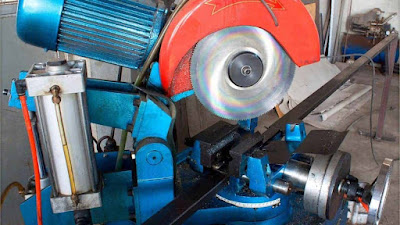
You can use ordinary scissors, box cutters, and a hacksaw.
You can also use a hacksaw when the box cutter fails to do its job. Otherwise,
in a safe environment, I would just keep the hacksaw away from humans because
it can be a hazard if not stored properly.
2. Grabbing and Clamping Tools
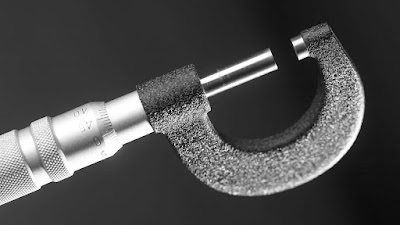
A set of different pliers, like needle-nosed ones, the kind
that cut, as well as flat stubbed ones, I would recommend. They are the most
versatile and efficient mechanical devices ever made. In addition to pliers -
if you have a holding device like a C-clamp. You should be completely prepared.
Bench faults are overkill, but in some situations, they are useful to have. If
you need one, you can always visit a local hardware store.
3. Lifting Equipment

Lifting equipment is any equipment used to lift and lower
loads, and any accessories required to do so. Overhead cranes and their
auxiliary runways are examples of goods lifting. Waving for patients. Also
lifts for motor vehicles.
4. Measuring Tools

You can make sure you have at least one proper ruler with
simple markings and, if possible, keep your hand on one of the retractable
measuring tapes you carry. Look in the hands of an interior decorator. This
category is the most important in the workshop..
5. Writing Tools

No excuse is needed for this. Grab a pen, pencil, sharpie,
or whatever you want, and stick it behind your ear if you don't want to lose
it!
6. Hammers and Mallets
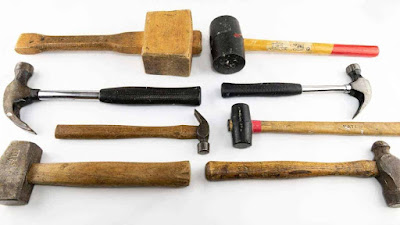
You may need to clean out bits of waste material every now
and then and break some parts. This is where it will be used for hammers and
mallets.
7. Screwdrivers and Fasteners
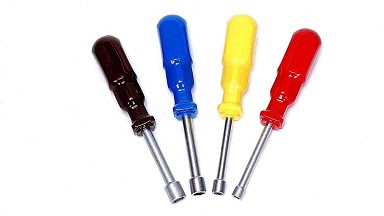
Of course, you'll need a good set of screwdrivers, so you
can unscrew all the screws in your house that you can find. Household e-waste
is extremely helpful for free motors, power electronics, and other such items.
Learn how to store and harvest it.
Plus, there's a purpose to retrieving a selection of nuts and bolts that you unlock from all of these things. Sometimes, they can be incredibly helpful.
8. Zip Ties and Duct Tape

Notice how I didn't group these two with the other items?
That's because they are the gods of hacks, and I literally worship those two
things. Zip ties and duct tape can be used anywhere to temporarily or
permanently fasten and hold items together. If you've zip-tied or duct-taped
them together, you never have to worry about things falling apart. There are
foolproof strategies for putting things together. He is the strongest 'Jugaad'
ever.
9. Power Tools & Hand Tools

Mechanical hand tools and power tools like hand cutters,
impact drills, etc. They are rarely needed and can always be borrowed from your
local mechanic. This technique saves you a lot of money as well as room.
10. Tech Tools
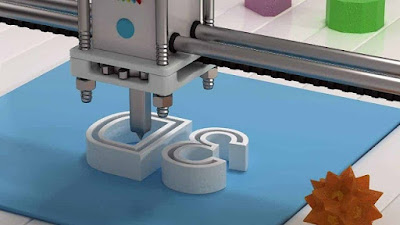
So, let's try to understand what the mechanical domain is
now that we have the basic mechanical tools and equipment. The mechanics behind
robots can vary from very simple mechanics to complex math and formulas
involving forward and reverse motion and other aspects. To start, you can try
modeling 3D parts for the robot. For this purpose, a range of free and
open-source software programs are available. It's best if you try using a 3D
modeling program ideal for beginners - like Sketch up Make. There are several
easy-to-use tutorials available as well.
In the rapid desktop prototyping industry, there has been a huge boom lately that led to digital mechanical tools like desktop 3D printers, laser cutters, and CNCs that you can use to make professional-looking components, but they come later.
